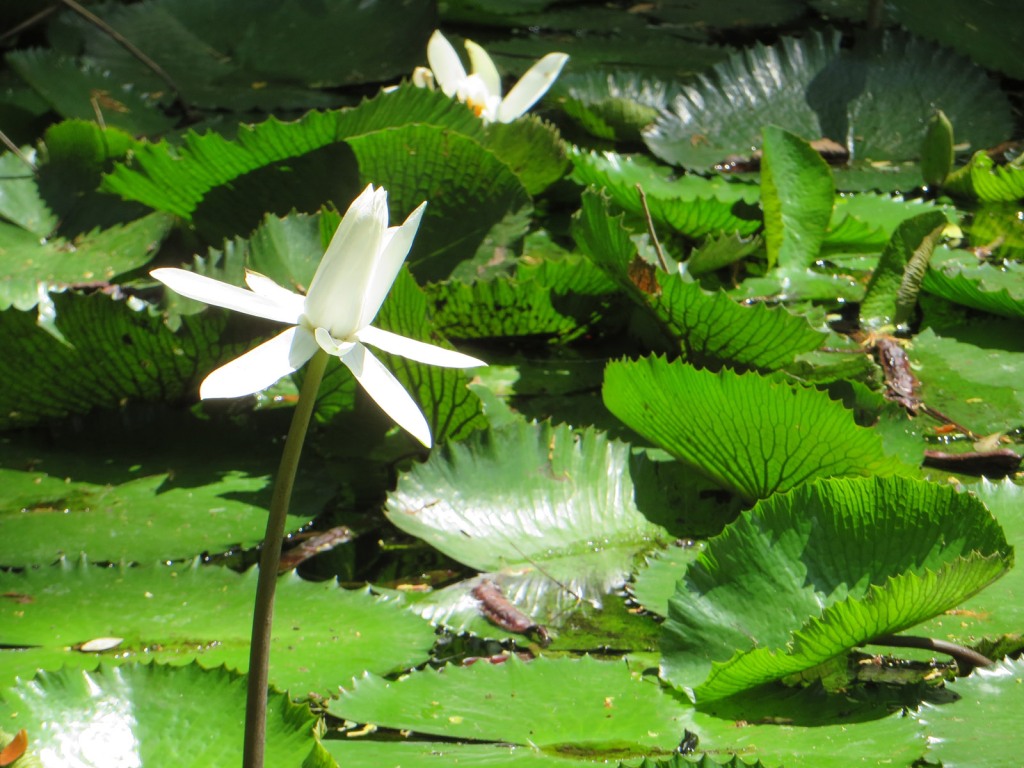and Nadi

Largest island of the Fijian archipelago

Fiji is made up of many hundreds of islands, but by far the largest and host of the capital Suva, is Viti Levu, from the Tongan pronunciation of which the country’s name was derived. Fiji is a popular destination for Australians and New Zealanders, and also round-the-world backpackers that can be found on the beaches of the Mamanuca Islands.
I rented a car to explore Viti Levu for a full day, finding it very easy to navigate my way around the coast from my hotel, the Tanoa International, conveniently sited at the end of one of the airport runways. My travels took me to the south of the island, but I didn’t want to risk going all the way to Suva and not have time to get back for my late night flight.

Natadola Beach is perhaps Viti Levu’s finest, seen here at the Intercontinental Fiji Golf Resort. Unfortunately I was unable to access this hotel directly, as security wouldn’t let me in for lunch. I dined instead at the neighbouring Yatule Resort, which was much more welcoming.
Nadi city hosts the largest airport in Fiji, as opposed to the capital Suva which is on the other side of Viti Levu. Nadi itself didn’t seem particularly attractive, but there were glimpses of interesting sights such as this, the Sri Siva Subramaniya Temple.


Shopping in Nadi, and the Indian influence is strongly apparent – India being the only other place I’ve seen quality spelling such as this. Around half of Fiji’s population are of Indian descent.
With such a high Indian population, it’s no surprise that such temples are dotted around the island. Perhaps more importantly for me though, was the even more prolific distribution of curry houses.


The rolling hills of Fiji, only a little way back from the coast the landscape was somewhat more arid, and not the tropical jungle I’d been expecting.
Momi Battery remains to this day an unused gun station, facing the estimated approach that the Japanese would take if they’d attempted an invasion of Fiji. The guns point towards the Solomon Islands, but the aggressors never came.


Up the coast from Nadi is the Garden of the Sleeping Giant, a beautifully landscaped botanic garden park in the shadow of the eponymous mountain.
Flowers and lily pads in the Garden of the Sleeping Giant. The gardens are particularly noted for their orchids.


The Fiji International golf tournament was first held only one year before my visit, at the Natadola Bay Golf Course, itself designed by Fiji’s top golfer, Vijay Singh.


Before tourism took hold in Fiji, the sugar cane industry was one of the economic mainstays, with a narrow-gauge rail network built around half of Viti Levu to transport the goods. Parts of the Coral Coast Railway remain, with trips still running on the decaying trains.
Inside one of the passenger carriages the dilapidated condition of the rolling stock is fully apparent – hopefully one day soon the system will be restored to its former glory.


Fortunately my air transport was more reliable, it was about a three hour flight between Samoa and Fiji as I chugged my way into the sunset across the south Pacific.
Created 2018 | Updated 2023
